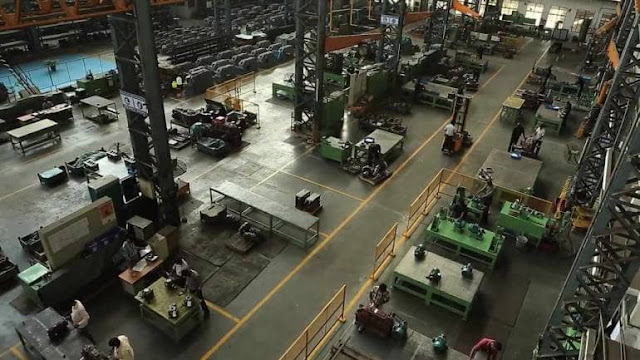Shanthi Gears, a leading supplier of industrial gears, is going through a difficult period as a result of low demand.

For a company, sitting on idle cash could be detrimental to shareholders' wealth. One alternative could be buyback of shares, if it's attractively priced.
A similar logic applies to Shanthi Gears' buyback announcement. Industrial gears, which find wide applications in almost all manufacturing activities, are in low demand as a result of the subdued capex cycle. A company such as Shanthi Gears, a leading supplier of industrial gears, is going through a difficult period as a result of low demand. Consequently, its stock has corrected by around 25 percent from its high in January 2018.
Rectifying capital allocation
At the same time, Shanthi Gears is sitting on cash and investments of close to Rs 150 crore, almost 46 percent of its net worth of Rs 335 crore. This depresses its overall return ratios. In the last fiscal, the company generated 11 percent return on capital despite having an extremely efficient business with a fixed asset to turnover ratio standing at 2.37 times and generating strong 22 percent operating margins.
In these circumstances, a buyback could prove to be a shot in the arm for the company. Shanthi Gears intends to buy back close to 50 lakh shares at Rs 140 a share costing it about Rs 70 crore. Moreover, because of the reduction in equity capital, close to 21 percent of its networth, its return on equity would improve. Besides, buying back shares at a time when earnings are depressed because of the external demand environment would mean a higher share of future earnings for existing shareholders when the earnings cycle recovers.
Over the last three years the company has delivered 11 percent compounded annual growth in sales. However, growth is likely to be higher in future as a result of the expected pick up in the private capex cycle and recovery in the manufacturing sector.
In the near term, the share buyback would also mean higher earnings per share as a result of reduction in equity capital in the current fiscal. Our calculations suggest that a 6 per cent reduction in share capital as a result of the buyback could boost estimated earnings per share for FY19 by 5 percent.
Source: https://www .moneycontrol.com/news/business/moneycontrol-research/shanthi-gears-buyback-to-drive-earnings-and-improve-capital-efficiency-3334271.html
If you want more information regarding the Market News & many other tips like Intraday Tips, MCX Normal Calls, Bullion Market Tips, Share Market Services, NSE & BSE Market Tips, Free MCX Market Tips, MCX Premium Tips, Bullion Energy Tips, commodity market tips.
Whatsapp User Join Our Group: 9300421111









